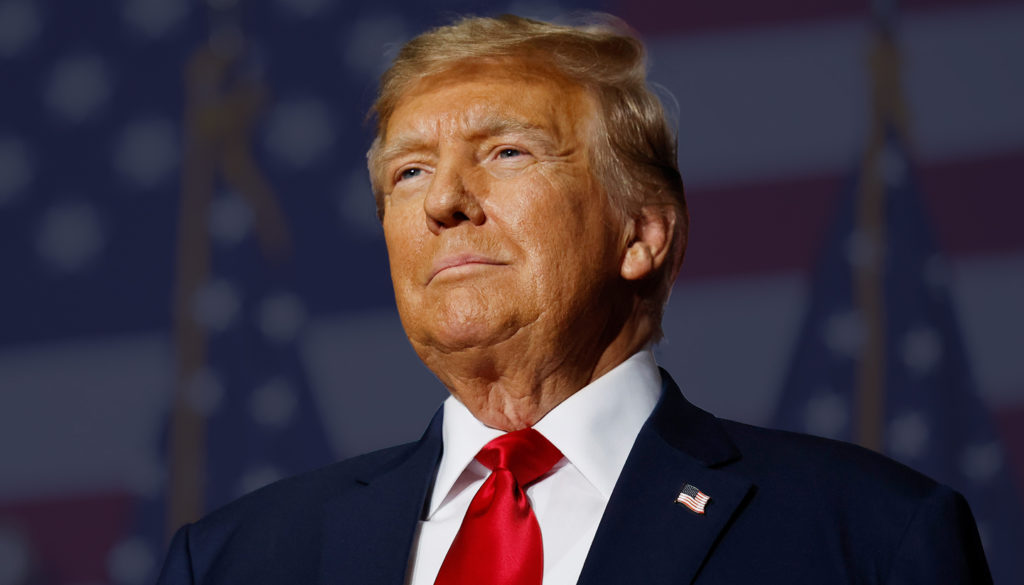Posted on February 3, 2025 by admin
Washington, D.C. – In a decisive move to reshape the federal government, President Donald Trump has removed the head of the Consumer Financial Protection Bureau (CFPB), a holdover from the administration of former President Joe Biden. This action highlights Trump’s ongoing efforts to dismantle remnants of Biden’s policies and appointees. While it’s common for many officials to step down when a new administration takes office, some, out of loyalty or a desire to retain influence, choose to remain in their positions. In this case, the former CFPB director, refusing to resign, was ultimately dismissed by President Trump.

Trump’s Push for Change
The CFPB, created during President Barack Obama’s tenure through the Dodd-Frank Act, has long been a contentious issue between conservatives and liberals. Democrats view the bureau as a crucial protector of consumers, safeguarding them from predatory financial practices. In contrast, many Republicans criticize it as an overbearing government agency that imposes excessive regulations and hinders economic growth.
By removing Biden’s appointee, Trump is signaling a shift in the administration’s approach to financial regulations. The Trump administration has made it clear that it plans to reduce government intervention and foster free-market competition. A spokesperson for the White House stated, “President Trump is focused on ensuring that every federal agency embodies his vision for economic success and limited government. This includes leadership changes at agencies like the CFPB, which has been operating with minimal accountability.”
Political Conflicts Over the CFPB
This isn’t the first time the leadership of the CFPB has sparked political controversy. Disputes over its structure, funding, and leadership have often led to legal challenges and political debates. Trump’s recent action is expected to reignite discussions about the CFPB’s role and whether a new president should have the authority to remove leaders at regulatory agencies.
Critics of the decision argue that dismissing the CFPB director sets a dangerous precedent that could undermine the agency’s independence. “The CFPB was designed to be an independent consumer watchdog, free from political interference,” one Democratic lawmaker remarked. “This move represents yet another instance of President Trump prioritizing corporate interests over the protection of ordinary Americans.”
On the other hand, supporters of Trump’s decision argue that the removal is necessary to align the bureau with the administration’s economic agenda. “The CFPB has become an unaccountable regulatory force for too long,” a Republican senator commented. “It’s time for leadership that supports business growth and financial innovation.”
What Lies Ahead?
With the former director out, attention now turns to who will replace them at the CFPB. Trump’s administration is expected to nominate a leader who will push for deregulation and a more business-friendly stance. However, the confirmation process could encounter strong resistance from Senate Democrats, who are likely to challenge any nominee perceived as weakening consumer protections.
Financial institutions and consumer rights groups are keeping a close eye on the situation. While some anticipate that regulatory constraints may be loosened, others are concerned about the potential rollback of protections that prevent financial misconduct and unfair practices.
Conclusion
Trump’s decision to remove Biden’s CFPB chief is part of a broader effort to reshape the federal government in accordance with his administration’s policies. As new leadership takes over at the CFPB, the move will likely fuel continued political debates about the future of financial regulation in the U.S. What is clear is that Trump’s shake-up signals a new direction for the agency and could have significant implications for both businesses and consumers. The coming months will reveal how this leadership change impacts the nation’s financial landscape.